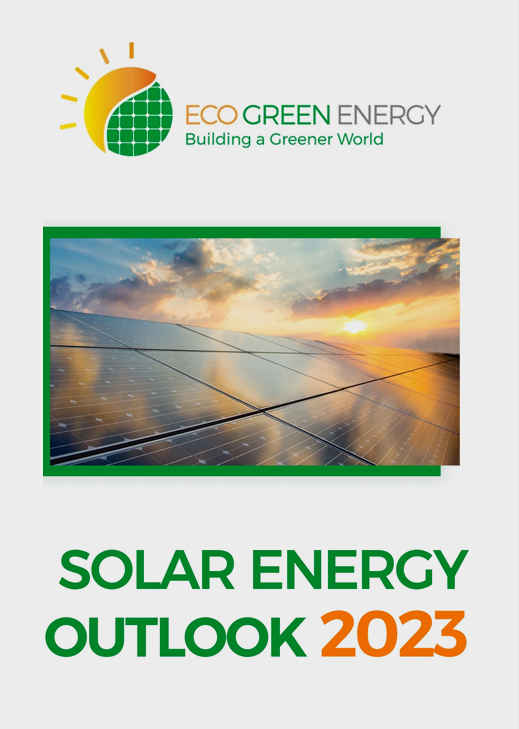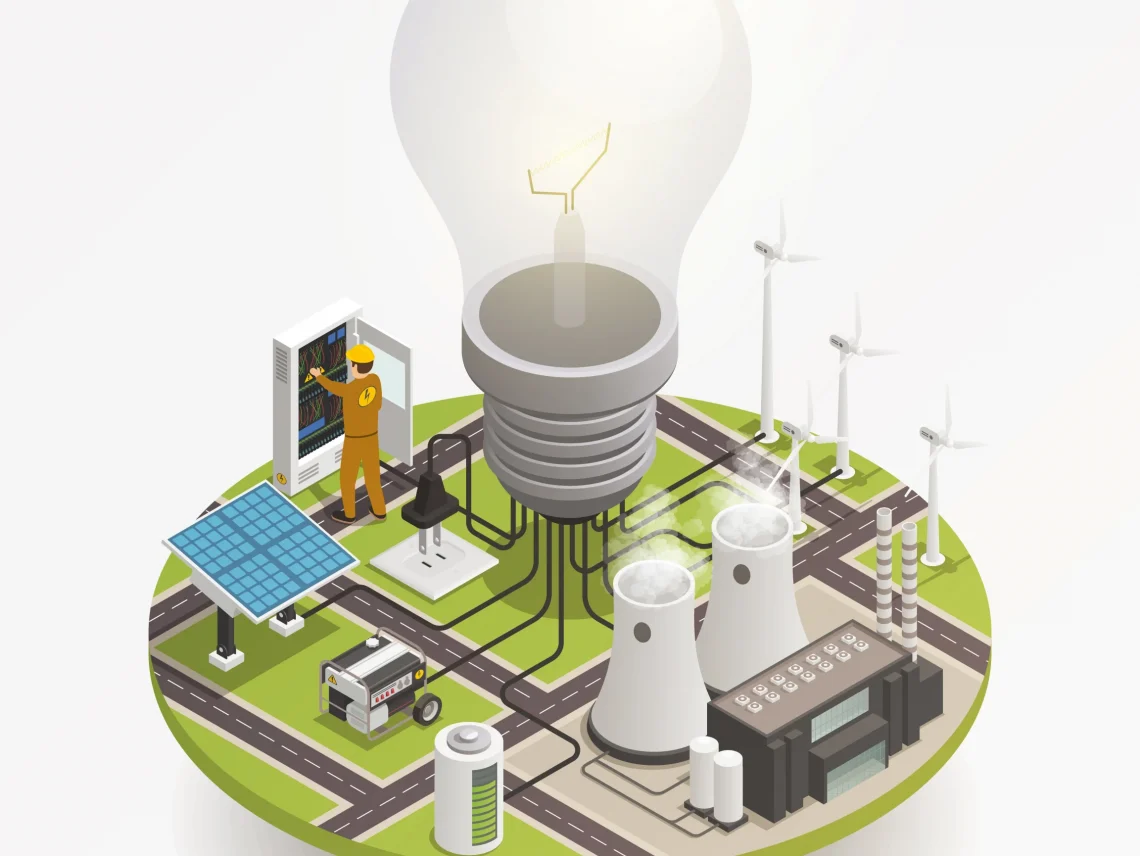
December 10, 2024

Electricity is a fundamental force that powers nearly every aspect of modern life. It is a form of energy created by the movement of charged particles, such as electrons, through matter. Whether it’s lighting up homes, powering industries, or driving technological advancements, electricity is integral to our fast-paced, interconnected world. But what exactly is electricity, how does it work, and how does it reach our homes?
At its core, electricity is the flow of charged particles—usually electrons—through a conductor. This can happen in two ways: statically, as in the accumulation of charge (like when you rub a balloon on your hair), or dynamically, as a current flowing through a circuit. Electricity is classified as a secondary energy source because it is produced by converting primary energy sources, such as coal, natural gas, oil, nuclear power, or renewable sources like wind and solar, into electrical power.
Though electricity itself is neither renewable nor non-renewable, it plays a critical role in both energy systems. While most of the energy sources used to generate electricity are either renewable or non-renewable, electricity is the versatile and essential product of energy conversion.
Electricity is not just a product of natural phenomena like lightning or static electricity; it is a carefully controlled flow of energy that travels vast distances to reach homes and businesses. This process involves several key components:
Electricity travels incredibly fast—at the speed of light—more than 186,000 miles (299,338 kilometers) per second. This means that the electricity generated at a power plant can be delivered to distant cities almost instantaneously.
While lightning is one of nature’s most dramatic demonstrations of electricity, it is not a practical source for meeting human energy needs. Lightning occurs when electrical charges develop inside a cloud. The positive and negative charges within the cloud become separated, with positive charges gathering at the top and negative charges collecting at the bottom. When the build-up of negative charges becomes too great, they discharge in the form of a lightning bolt, either to another cloud or to the ground.
Even though a single lightning bolt produces a large amount of electricity, it is difficult to harness. Each lightning strike can generate about 270 kilowatt-hours of electricity—enough to power an average home for about nine days. However, given the unpredictability of lightning, its power cannot be efficiently channeled into electrical grids. For comparison, the average home in the United States uses around 867 kilowatt-hours of electricity every month, making lightning an impractical source of sustainable power.
Many of us have experienced the shock of static electricity—like when you touch a metal doorknob after walking across a carpet. But how does static electricity work?
All matter is made up of atoms, which contain protons, neutrons, and electrons. Protons carry a positive charge, electrons have a negative charge, and neutrons are neutral. Normally, the number of protons and electrons in an atom is balanced, making the atom electrically neutral. However, by rubbing certain materials together, electrons can be transferred from one atom to another, creating an imbalance of charges. This results in the build-up of static electricity.
When you walk on a carpet, for example, electrons move from the carpet to you, giving you an excess of negative charge. When you touch a metal doorknob, the excess electrons jump to the knob, causing the “shock” you feel.
While electricity is a vital part of life in much of the developed world, it remains out of reach for millions of people, particularly in rural and developing regions. According to the United Nations Development Program (UNDP), the percentage of people with access to electricity has increased from 78% to 87% between 2000 and 2016. However, this still leaves nearly one billion people without reliable access to electricity—roughly one in seven people on the planet.
In parts of sub-Saharan Africa, such as in 11 countries where more than 90% of the population lacks electricity, the gap is especially pronounced. In these regions, access to electricity is often hindered by insufficient infrastructure, lack of government investment, and financial barriers to modernizing power grids. For many, the absence of electricity limits economic development, education opportunities, and healthcare, reinforcing cycles of poverty.
Expanding electricity access in these underserved regions is critical for economic and social development. With electricity, businesses can operate more efficiently, schools can stay open longer, and healthcare facilities can provide better services. Renewable energy sources, such as solar and wind power, are increasingly seen as viable solutions for extending electricity access to rural and off-grid communities. These clean, sustainable energy sources can be deployed at a smaller scale, making them ideal for remote areas without the need for extensive transmission infrastructure.
The transition to renewable energy also offers the opportunity to mitigate the effects of climate change by reducing dependence on fossil fuels. As technology improves and costs decrease, renewable electricity sources could become a key tool for providing reliable, affordable energy to underserved populations worldwide.
Electricity has transformed the world in profound ways, powering everything from homes and hospitals to transportation and technology. It is a secondary energy source that allows us to tap into a wide variety of primary resources, whether fossil fuels, nuclear, or renewable sources like wind and solar. While lightning and static electricity demonstrate the power of nature, the generation and distribution of electricity through engineered systems have become indispensable to modern society.
However, the global energy divide remains a significant challenge, with millions of people still living without access to electricity. As the world works toward universal energy access, renewable energy sources like solar, wind, and hydropower offer hope for a future where everyone has reliable access to the electricity they need to thrive.
Electricity is more than just a convenience—it is a lifeline that supports health, education, and economic growth. As we continue to innovate and expand our energy systems, the goal should be to ensure that electricity is accessible, affordable, and sustainable for all.